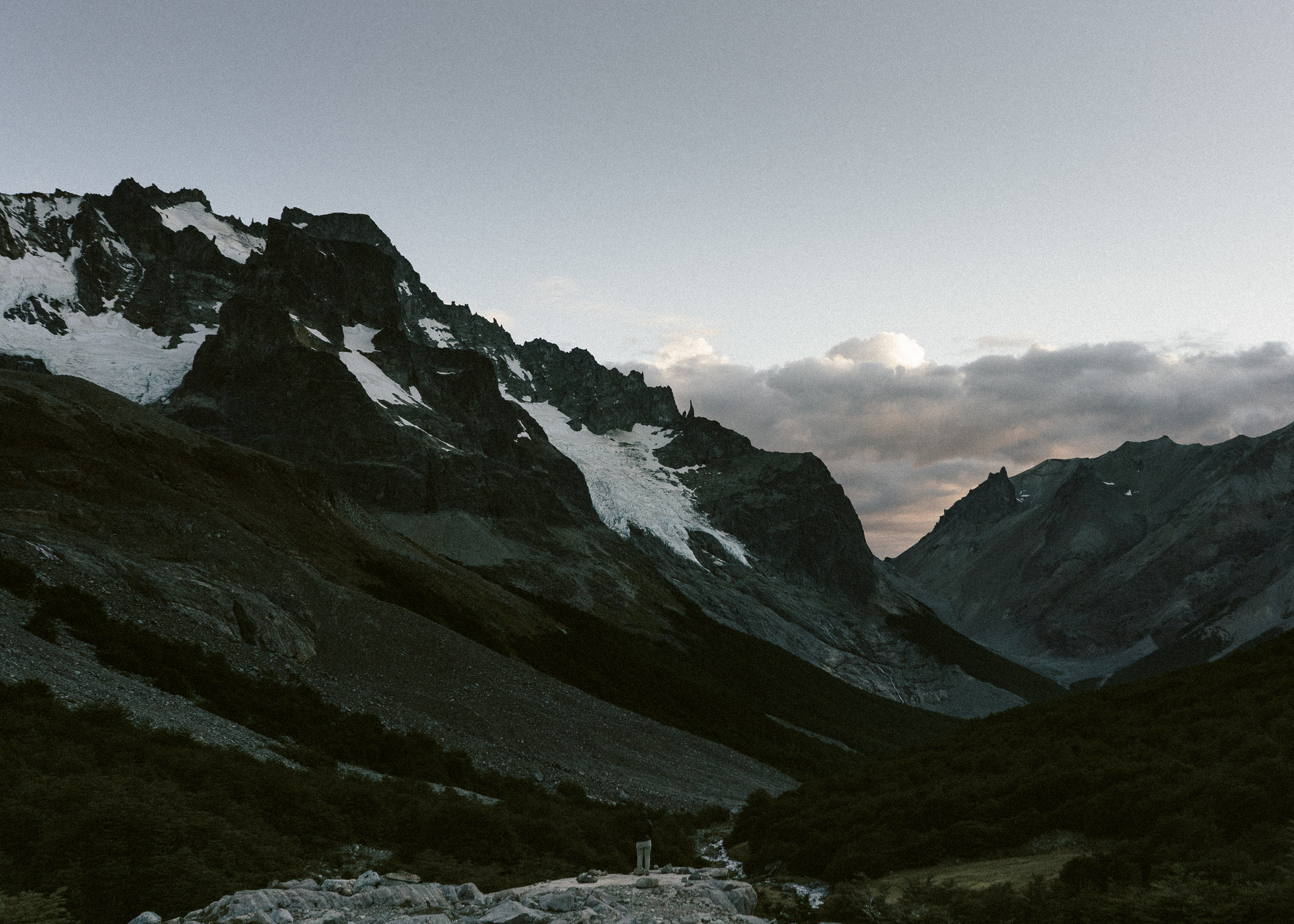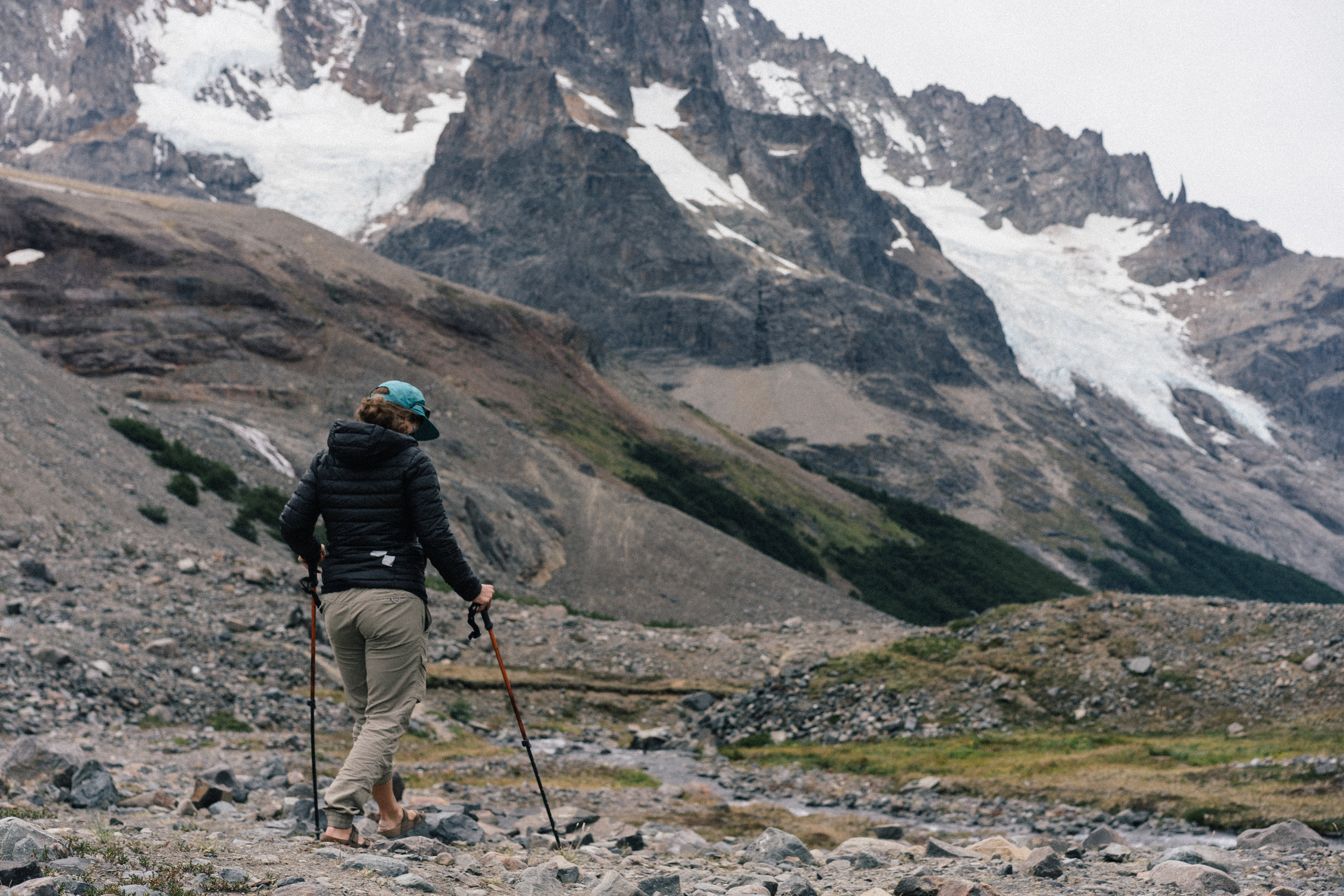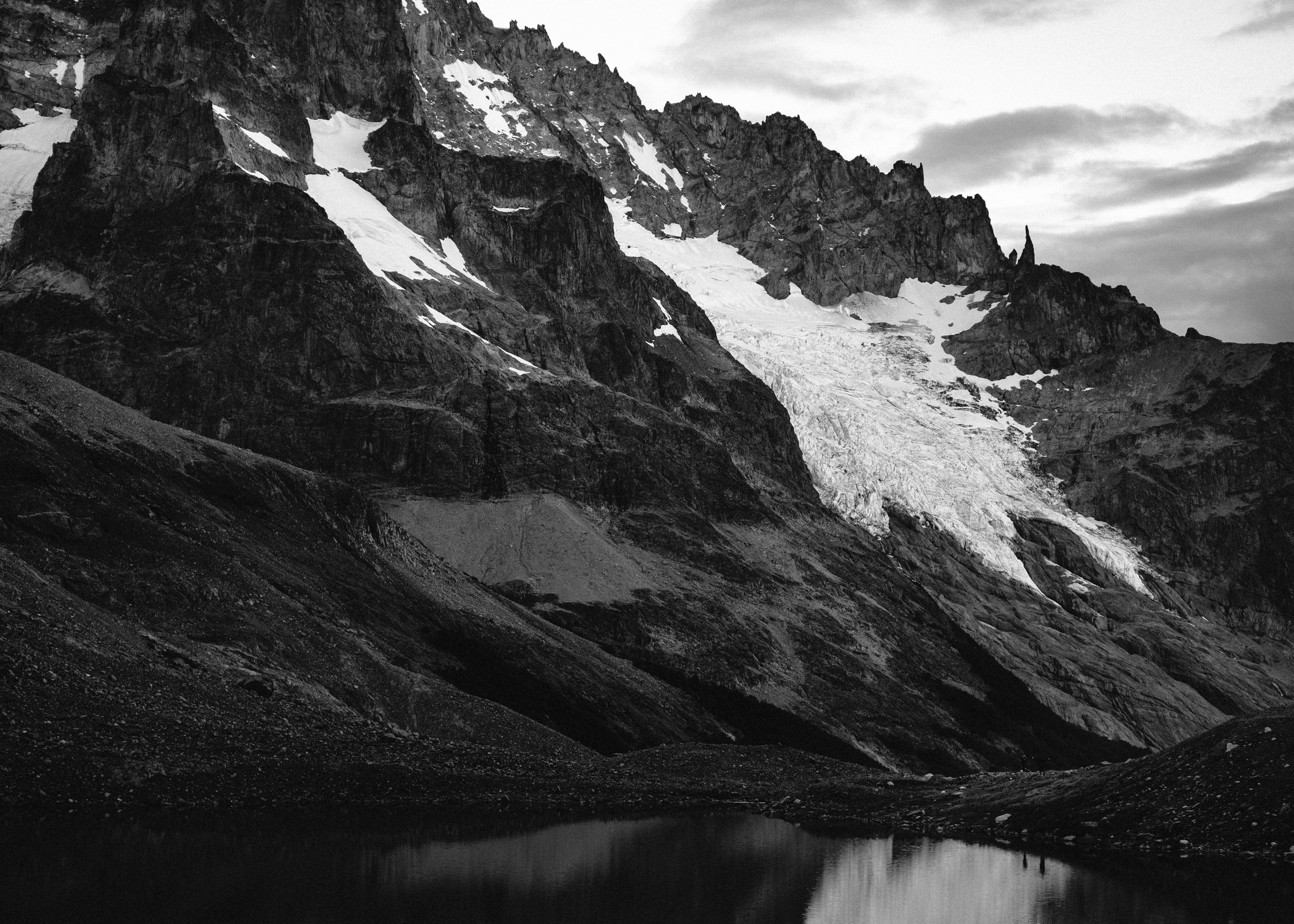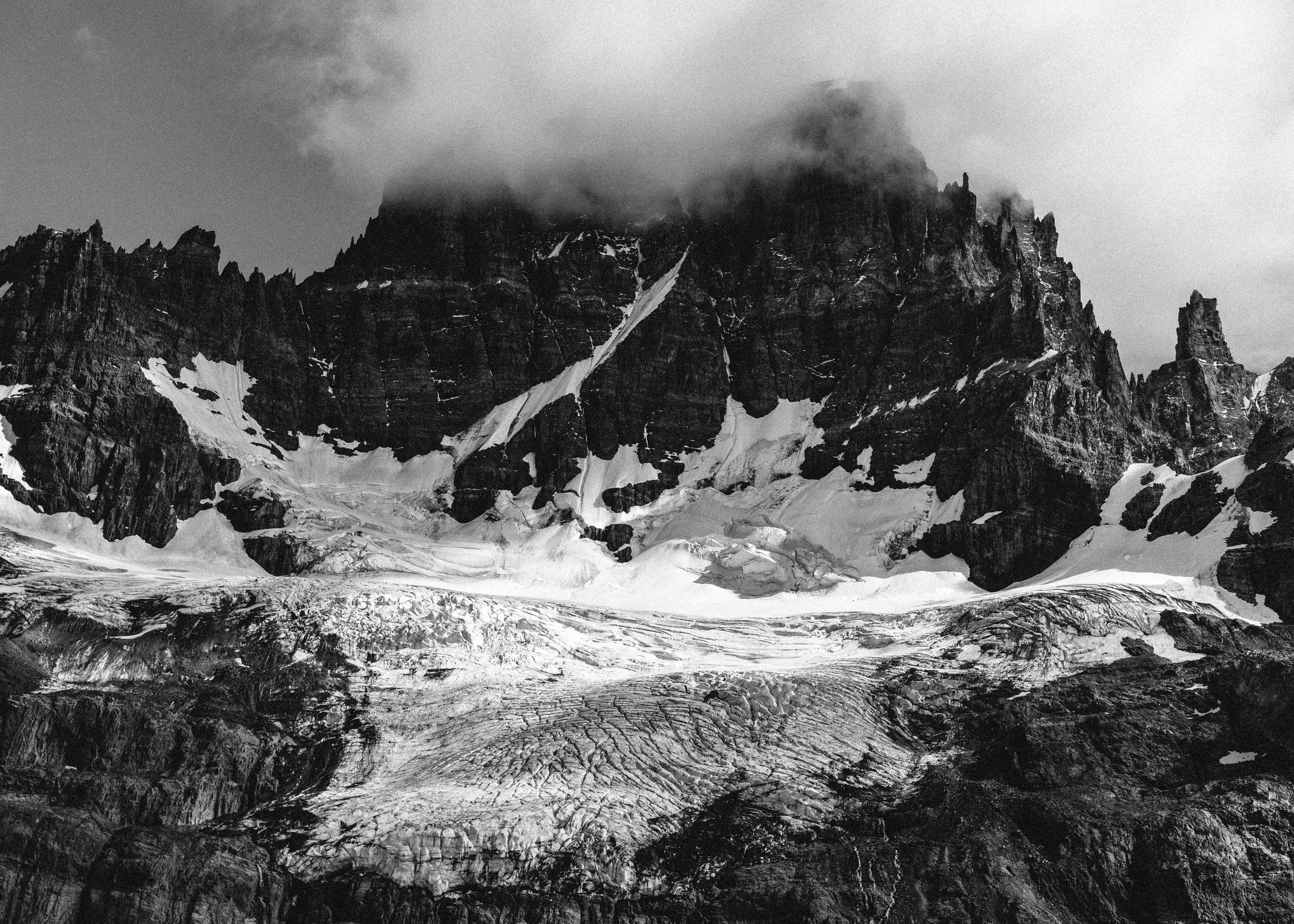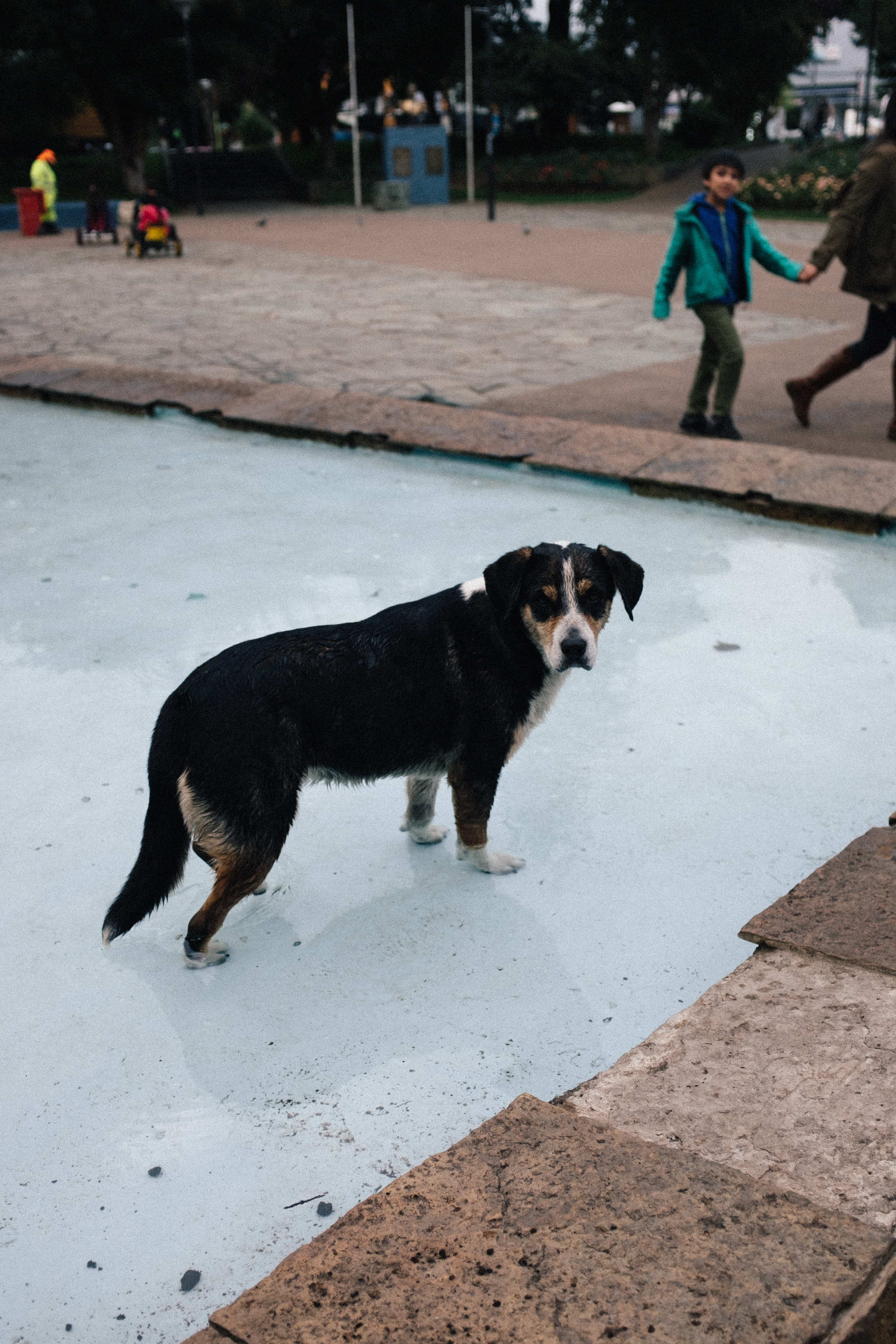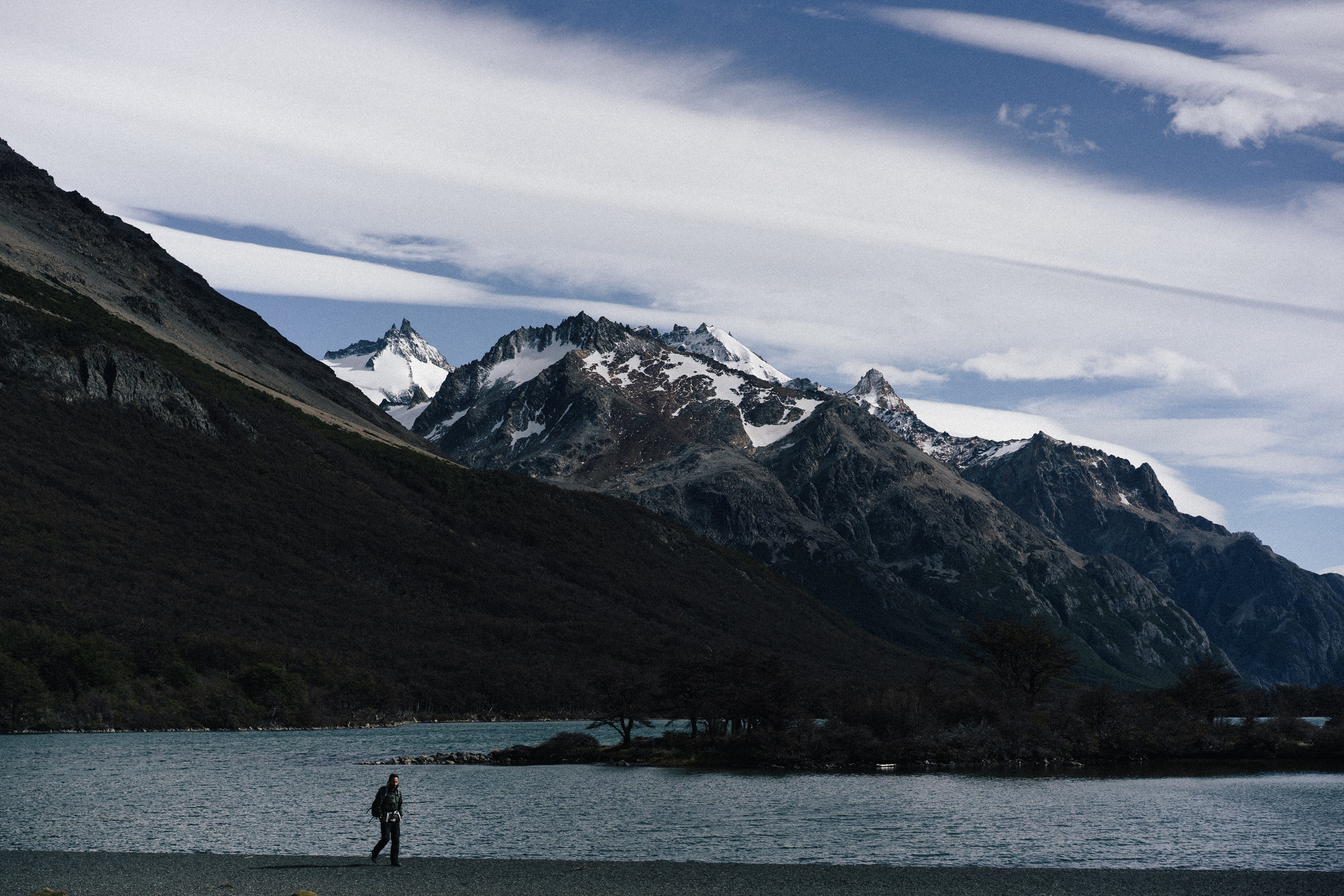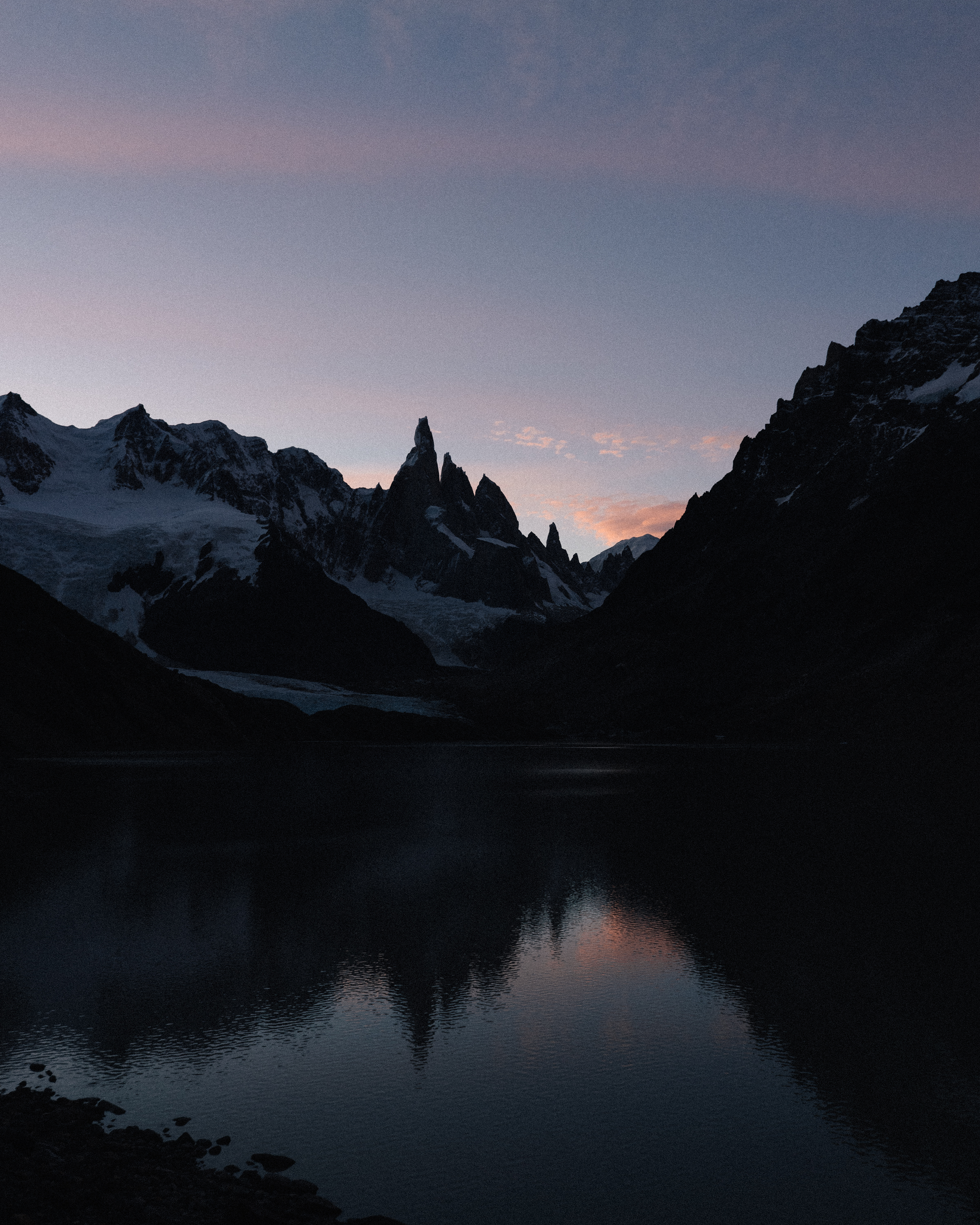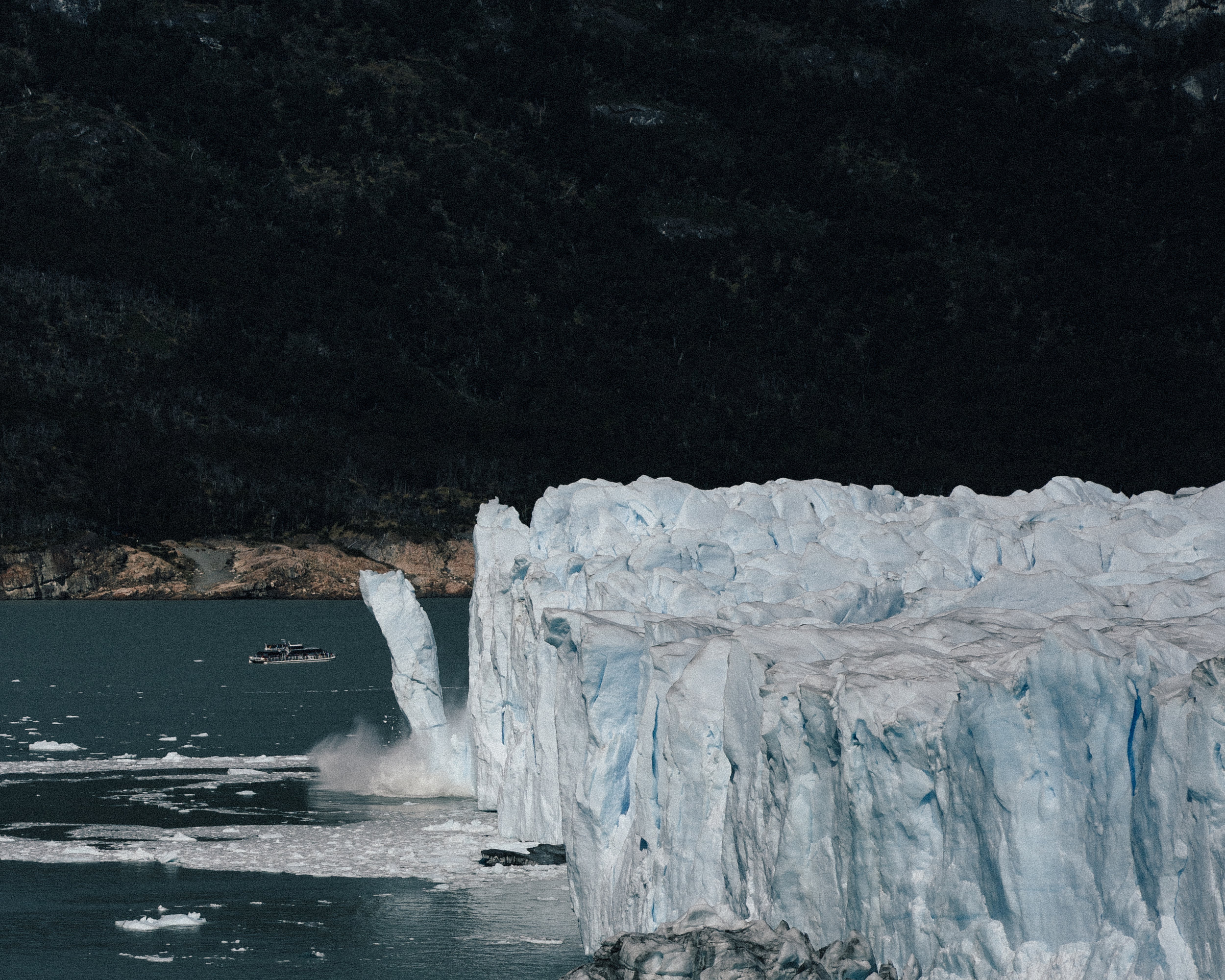Del Fin Del Mundo
23,566 KM and we have finally reached the opposite end of the world, Ushuaia, the “southern most city in the world”. Situated on the island of Tierra del Fuego (land of fire), this is our final stop in our almost two month journey down through Patagonia.
To be perfectly honest, the city is an underwhelming mixture of shops selling tourist knick knacks, boutiques and a big hard rock restaurant in the middle of town. Despite its lack of charm, the small city is a welcome respite of civility after spending nearly 20 days camping. Sandwiched between the mountains and sea also welcomes beautiful views.
After completing the Nahuel Huapi Traverse in Bariloche, we spent a good three weeks on the island of Chiloé. Days consisted of baking bread, writing, watching movies and befriending a street dog - Mago. Instead of going to our next destination overland, I proposed on a more adventurous route: taking a 30 hour ferry to the small town of Coyhaique. As expected, we faced a 15 hour delay on our ferry and we ended up staying an extra night in the small port town of Quellon. The ferry ride was spectacular - we saw sea birds, dolphins, a whale’s tale and enjoyed the slow passing of time. We ate empanadas, watched telenovelas and listened to musicians play and dance.
Cerro Castillo
We arrived into port late at night and luckily snagged two seats on a shuttle to Coyhaique.
Off of the typical trail of Patagonia hiking routes, this was one of my favourite hikes during our trip. After taking a 1.5 hour bus ride through the desolate country side, we arrived at the trailhead in Las Horquetas. On the first day, the trail wanders through a private ranch, mostly inhabited by massive cattle. Besides a few hikers, we were outnumbered by the cows. The first day’s camp is in a beautiful valley by the river, reminiscent of the Squamish Valley. The park rangers warned of strong winds through a mountain pass that occur in the late morning. We decided to wake up at pre-dawn and start making our way up the mountain pass to try and get the best weather. After crossing through a forest, the trail leads through a scree and ice pass and then drops into another stunning valley. Luckily for us the weather was perfect and there wasn’t a breeze.
The campsite, perched above the valley, has 180 degree views of hanging glaciers and is a short walk to the laguna under Cerro Castillo Mountain. This was definitely a highlight of my time in Patagonia. Way less crowded than the other hikes, this is gem well worth the effort to get to. The full circuit continues to another campsite to see the backside of Cerro Castillo, but we decided to cut our hike shorter as Lauren’s ankle was giving her problems. We made our way back down to the tiny town of Villa Cerro Castillo where I attempted to reserve a bus spot for the next day. After calling every single bus company and unable to reserve a spot, we decided we might as well try to hitchhike.
David, a PE teacher who lives in Coyhaique, picked us up, as well as another Chilean traveler. The drive home was stunning as we drove out of the mountain range, down a valley and through the plains. We had a great conversation about futbol, Chilean politics and what it’s like to live so far away from a major city. 30 minutes before reaching town, a taxi decided to overtake our car and swerved into a bird. An explosion of multicoloured plumes scattered on the road. David pulled over to go check on the bird. He came back running with the dead bird by the legs with a huge grin on his face: “Cena!” (dinner!). And that was how I rode back to town with a dead pheasant between my legs.
Coyhaique to Chile chico
Returning to Coyhaique and our lovely Airbnb Hosts, we rested and planned our overland travel to El Chaltén. Before the trip, I was a little concerned about the logistics of the crossing, but after asking around it became simpler than I had imagined. From Coyhaique, we took a bus to a ferry and then crossed through the small town of Chile Chico and into Argentina in Los Antiguos. I had major FOMO passing through Chile Chico as it’s a launching point to the newly opened Parque Patagonia. I definitely want to come back and do some multi-day hikes in this region. We connected effortlessly and enjoyed burgers before taking an overnight bus to El Chaltén.
Argentina’s youngest city, El Chalten is home to 800 permanent residents and is the launching point to the famous Fitz Roy and Cerro Torre. The tiny town was surprising energetic, with tons of tourists walking above coming from and going to hikes. There was a noticeable shift coming from Coyhaique, which consisted mostly of Chilean tourists to El Chalten where French and English seemed to be the dominant languages. I slowly felt sucked back into the realm of tourists as we made our way further south.
El Chalten & El CalafatE
With Lauren’s ankle still injured, I took a 2 night adventure to the mountains alone. There are plenty of day hikes and circuits to tailor a trek however you wish. There are no reservations or camp fees, which was refreshing compared to how Chile’s Parks operate. I made my way to my first campsite at the base of Cerro Torre. In the late afternoon, the busy crowds dispersed and surprisingly, I found myself alone with a beautiful sunset. I woke up early the next day and set off to the second campground at Laguna Tres, at the base of Fitz Roy. I decided to skip the popular sunrise ascent and decided to stay until the sun was going down. After a 40 minute ascent to the base of Fitz Roy, I encountered hordes of tourists with selfies and all. I ate my trail mix and contemplated our obsession with taking photos in front of beautiful vistas. I sat there Judging the people having their photo taken by the lake with their many poses: looking out in contemplation, doing dancer’s pose, smiling with arms out stretched, or standing with enough skin exposed to get hypothermia, until of course, my own hypocritical judgments caught up with me as I snapped away at the towers. Maybe we take photos for our own vanity, or perhaps need to be validated for accomplishing a hike, or just the awe of being by the mountains and not wanting to ever forget. I don’t really know.
Torres Del Paine
Torres Del Paine is arguably the most popular reason travellers come to Patagonia. This massive park has two multi day routes, the “W” or the “O.” Our original plan was to complete the O, a full 8 day circuit around the park. But with Lauren’s lingering ankle pain, we decided to turn around back to town on day 2 of the O and continue on the W in a couple days.
Don’t expect isolated backcountry in this park. Although not as busy as some provincial parks back home, Torres del Paine is definitely well worn. But that’s also one of the special parts about this trek. This was probably one of the most social hikes I’ve done. After hiking with a great group on the O, I was able to rejoin and chat with lots of familiar faces back on the W. Throughout the five days, I saw so much wild life. Luckily enough a hiker ahead of us spotted a puma on a distant hill, making its way down to the forest.
I was sad to leave the desolateness of small towns, endless Pampas, glaciated mountains and the towns overrun with street dogs. But leaving Patagonia only got me more excited to be in the mountains back home when I return and maybe picking up rock climbing for the rest of our trip!
Below’s a cool map showing all the stops along our travels.





